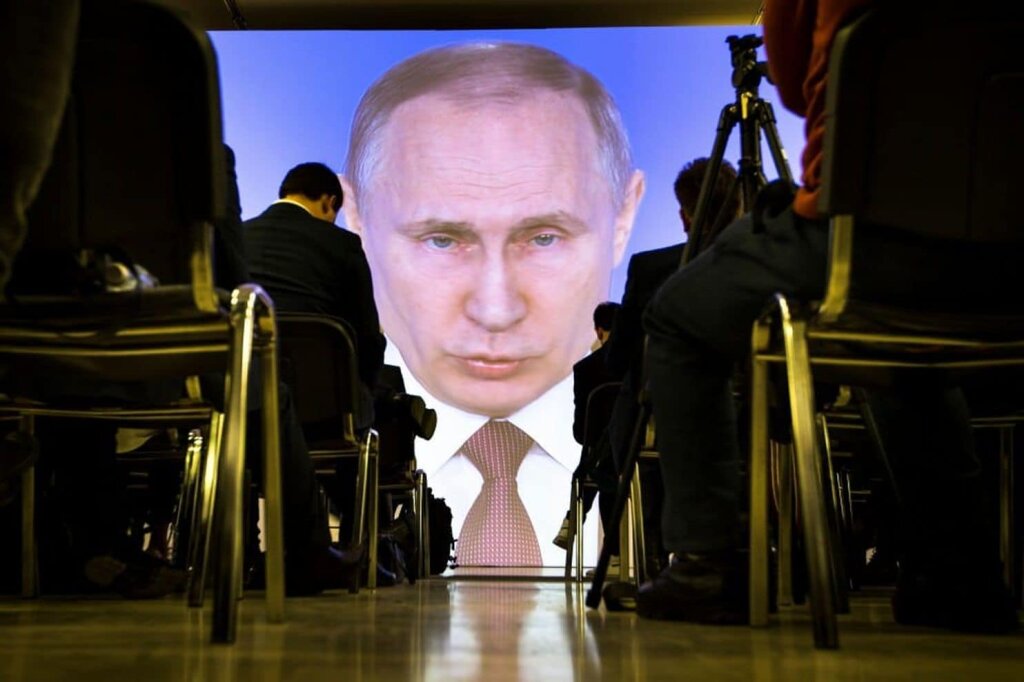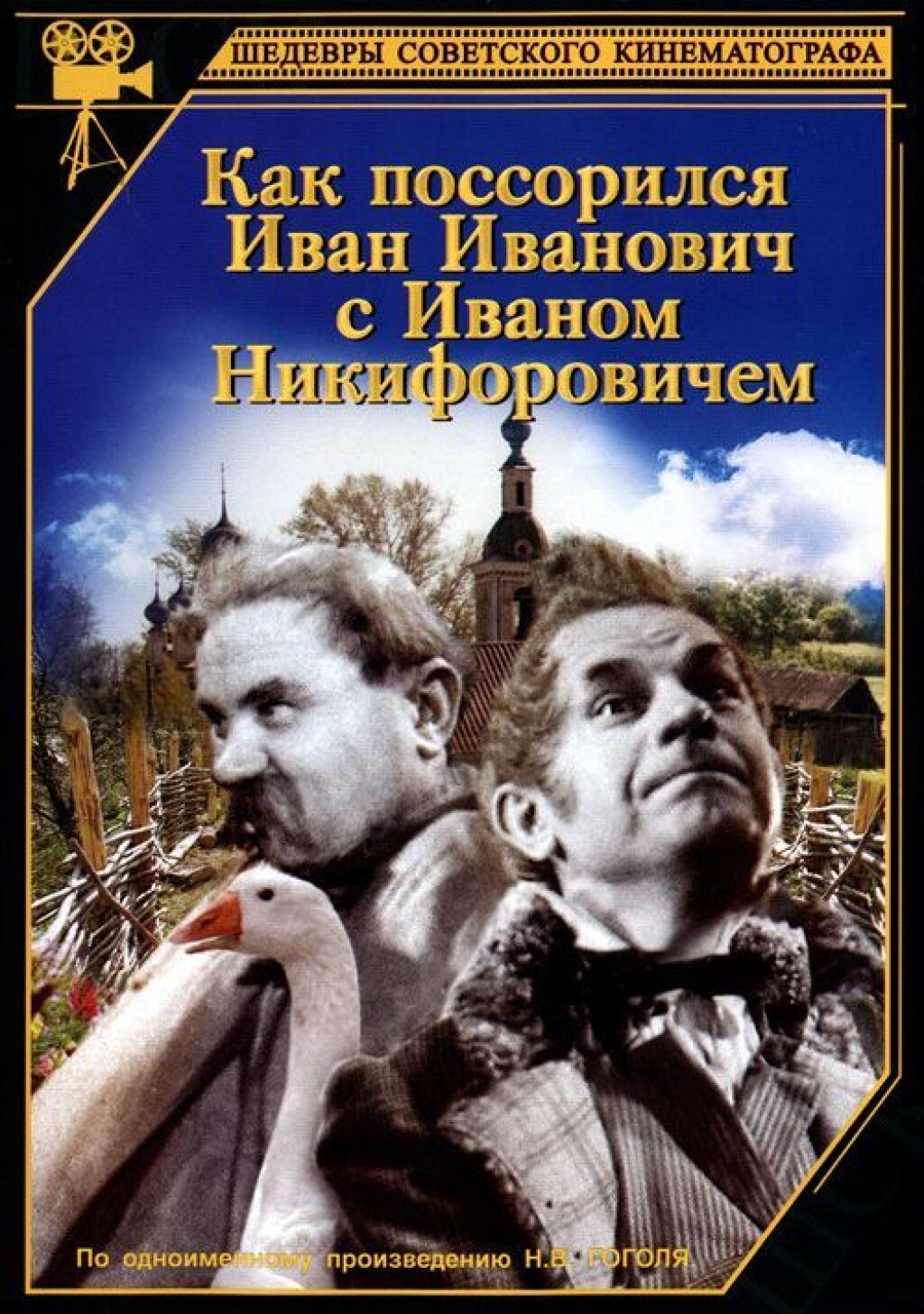The following was originally posted to The Monkey Cage.
Leonid Peisakhin is assistant professor of political science at New York University-Abu Dhabi.
Arturas Rozenas is assistant professor of political science at New York University.
When does propaganda work — and when does it backfire? Many politicians, pundits and scholars have been asking that question recently, given Russia’s attempts to influence elections in the United States and Europe through paid online activists, bots and state-sponsored foreign-language television (RT) and radio (Sputnik) programming. Observers worry that conspicuously biased news stories or outright “fake news” are eroding democracy. In response to Russia’s purported weaponization of information, the United States has added sanctions, and the European Union has set up a task force to counteract Russian disinformation.
But it’s not at all clear how well these Russian campaigns work. After examining Russia’s 2014 disinformation campaign in Ukraine, we found that Russian propaganda has very uneven effects. Whether it sways individuals to vote for pro-Russian candidates — or backfires, and makes them less likely to do so — depends on the political predispositions of the target audience.
Here’s how we did our research
In 2014, after Ukraine’s pro-Russian president Viktor Yanukovych was forced out of office, Russia annexed Crimea, declared Ukraine’s new government illegitimate, and backed the separatist movements in eastern Ukraine.
At the same time, Russia rolled out the first of its propaganda campaigns, aimed at persuading both domestic Russian audiences and Russian speakers in the former Soviet states that the Kremlin was in the right. It used many of the same approaches it has repeated since in the West, including highly polarizing language and referring to manufactured or distorted events.
[ Here’s what you can expect from Putin’s next 6 years ]
Ukraine offered us a natural experiment. Russian terrestrial television broadcasts not far from the Russian-Ukrainian border, but within Ukraine, reception quality is uneven. In some Ukrainian settlements but not others, residents are able to watch Russian state-owned television. The sets of settlements are demographically and economically very similar.
We used this variation to examine how — or whether — Russian broadcasts influenced Ukrainians’ votes in the presidential and parliamentary elections in 2014, after the conflict with Russia began, by comparing places where Russian television was available with neighboring settlements where the Russian TV signal was weak or absent. To avoid complicating things, we didn’t analyze the parts of eastern Ukraine being fought over by Russia-backed militias.
To study the influence of exposure to Russian television on Ukrainian voters, we calculated where the Russian television signal was available and collected precinct-level electoral returns. This allowed us to compare aggregate voting patterns in settlements with and without Russian TV all in proximity of each other.
To confirm the validity of these precinct-level results, we also fielded a survey of 1,676 respondents residing within 160 electoral precincts, all located no more than 30 miles from the Russian-Ukrainian border. The survey is representative of this area. We asked respondents what television channels they watched; whether and how they voted in the recent elections; and a whole battery of questions about their attitudes toward current events and toward the Russian and Ukrainian governments.
To measure the pre-2014 political predispositions — or, to put it differently, political attitudes before the Russia-Ukraine conflict broke out — we looked at two things. First, we examined the strength of each precinct’s electoral support for pro-Russian candidates in the 2012 election. Second, in our survey we asked how often individuals spoke Russian in everyday exchanges.
Similarly, to help us assess the effects of Russian television viewing on those preexisting attitudes, we checked two things. First, we looked at entire precincts, to see whether the mere availability of Russian television made a difference in that precinct’s votes. Second, in the surveys, we asked whether individuals actually viewed Russian news, to see whether those who reported watching it also reported voting for different candidates than those who claimed not to watch Russian TV.
We found that Russian propaganda worked only on receptive ears.
Our research found that exposure to Russian state-controlled television has very uneven effects.
Ukrainians who were already predisposed in Russia’s favor found its media message persuasive. Pro-Russian Ukrainians who watched Russian TV were more likely to vote for pro-Russian candidates in the 2014 presidential and parliamentary elections than were anti-Russian Ukrainians who watched the same programming. Those with anti-Russian views were dissuaded by the Russian media message and became more likely to vote for pro-Western politicians.
Individuals with no strong political priors seem not to have been swayed in either direction.
[ This explains how social media can both weaken — and strengthen — democracy. ]
In this particular part of Ukraine, many residents speak Russian. The region has a long history of voting for pro-Russian parties. Overall, then, Russian television increased the vote for pro-Russian candidates in 2014 in this area because there were more pro-Russian precincts there where Russian television was available than anti-Russian ones.
Russian messages pushed viewers toward more extreme points of view.
But there was another effect of exposure to Russian television, one that’s especially important for the United States and elsewhere. Russian propaganda increased Ukrainian political polarization, pushing individuals on either side of the political spectrum further to the extremes. That’s worrisome in a country already deeply divided along linguistic and regional lines.
In short, Russian propaganda doesn’t always change minds; whether it does very much depends on consumers’ prior propensity to believe or disbelieve its biased media message. However, it does further polarize its audience. And that might make it harder for democracies to build consensus — and remain democracies.
What does this say about Russian efforts in the 2016 U.S. election?
Assuming that Russia knows how its propaganda affects its audience, we might be able to figure out what it was trying to do in the U.S. election. If Russia targeted voters predisposed toward Trump, trying to motivate them to vote, that would suggest its goal was to help him get elected. But if Russia spread its biased messages broadly, that would suggest its goal was increasing U.S. political polarization, making it harder for U.S. democracy to function smoothly.



